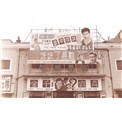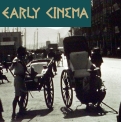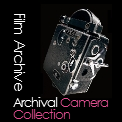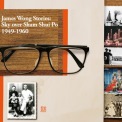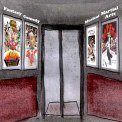Over the years, numerous cinema jargons may have come and gone beyond but many have become part of the vernacular.
“Flight Seats”
These seats in theatres of the 1950s had nothing to do with aircrafts. They referred to seats in the Upper Circle which were located high up near the “sky/celling”. In Queen's Theatre, for example, one had to climb almost 100 steps (around six floors) to go to the Upper Circle. In March 1953, the theatre relocated the entrance to Upper Circle to near that Circle, making life much easier for the patrons.
“Dragon Head” And “Kai-to”
Theatres used to be classified into "Dragon Head" and “Kai-to”. The former was the leading theatre of a particular circuit, generally of a larger size, higher class and located in a busier district; smaller theatres with less pedestrian flow would join different circuits every now and then, much like the way kai-to – small ferries that shuttled between outlying regions – kept themselves afloat by running different routes. A kai-to might join hands with Circuit A for the first couple of days and then with Circuit B for the next. Loong Shing Theatre, International, Cheong Lok Theatre and Ming Sing Theatre belonged to this category.
Benshi (Live Narration)
Back in the silent film era, theatres would employ benshi to provide live narration to help the audience follow the story. With the advent of talkies not long after, however, benshi became the first to be phased out.
“Film Racing”
In the 1950s and 1960s, it was common for multiple theatres to show the same movie; rarely would a separate copy be printed for each theatre, so they all had to share the same copy. As soon as Theatre A was done with reel one, the delivery man would race it to the nearby Theatre B, on bicycle to begin with, and on motorbike sometime later. Delay would happen if there were accidents on the way such as flat tyre. The screening at Theatre B would then have to pause with this notice popping up on the screen: “The next reel has yet to arrive, please wait for a moment.” It is said that audiences back then were quite patient and understanding.
Handbill and Souvenir Booklet
From the 1940s to 1960s, theatres would distribute for free single-page handbills containing synopsis of the film on show. Cinemas specialised in foreign-language films would make good use of handbills to make it easier for the audience to understand the story. Cantonese film cinemas tended to publish souvenir booklet for sale instead. Addition to the synopsis, the booklet would contain also carried cast biographies, production titbits, as well as lyrics of song numbers in Cantonese opera films.
First Run and Second Run
First-run theatres were those with the right to exhibit new releases. That in itself is a measure of class and status. Second-run theatres on the other hand showed films that had already been played at other theatres but tickets at lower prices. This, however, did not mean second-run theatres were the underdog; they simply served as an alternative to make movie-going more affordable. Since the 1970s, second-run theatres began to fade out but they did not vanish altogether. Up till the 1980s, M2 was still there to follow after Palace Theatre, and so was Paris Theatre which became known as the “Second-run Champion”.


